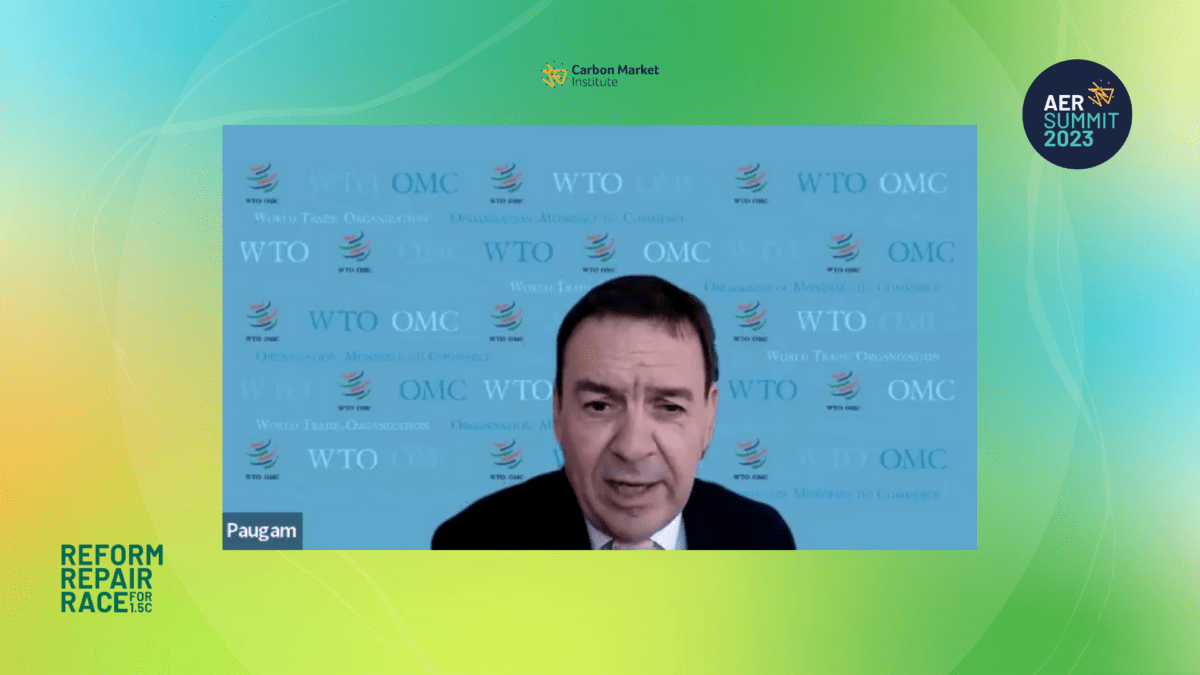The Carbon Market Institute (CMI) has today outlined a series of priorities in its submission to the first Safeguard Mechanism reform consultation, recommending a phased approach that prioritises industrial decarbonisation and supports emission reduction better aligned to Australia’s commitment to help limit global warming to 1.5 degrees.
CMI’s submission highlighted baseline decline rates as the most critical design decision, recommending a decline rate at the strongest end of the Government’s 3- 6 per cent range. CMI noted that a strong decline rate would send a “cut through” investment signal, given potential complexities and uncertainties in the early phases of the scheme. It also warned that ‘slow start’ scenarios would need much steeper ‘catch up’ decline rates, within an established carbon budget to ensure covered industrial facilities drive at least their fair share of Australia’s decarbonisation task.
CMI recommends scalability as an added design principle and for the Government to use the initial two-year phase to consider expanded coverage and any additional guidance required for the stronger 2035 targets, required to be set by end of 2025.
To guide the updated trajectory, CMI suggests the policy must first lower the ‘ceiling headroom’ for current facilities via a production-adjusted framework using facility-specific intensity values. This will facilitate a smoother transition and should be supported by best practice benchmarks for new entrants.
Commenting on the submission, CMI CEO John Connor re-iterated CMI’s support for enhancing the existing Mechanism but highlighted the need for the policy to evolve to serve its core purpose of emission reduction, as well as the need to tighten flexibility measures:
“This a highly complex policy reform agenda with many interdependent parts, both within the Mechanism and with related policy and support. Careful consultation will be required when the Government shares its proposed framework in November.
“The priority must be to drive investment into decarbonisation and emission reduction, and to do this, the Mechanism firstly needs to have stronger baselines and measures to avoid perverse outcomes.”
“Strong decline rates will send cut through investment signals, given the known and unknown interactions that will emerge from this next phase for the Mechanism.”
Connor recommended holding off guidance on ACCU or SMC use at least until the scheme has operated through the first two-year phase:
“Some in business note that new compliance markets tend to oversupply tradeable credits and that there is a large pool of ACCUs available from carbon abatement contract exit arrangements, introduced by outgoing Minister Taylor. Others argue the pool may be shallower if the voluntary market, which sits outside the Safeguard Mechanism compliance market, continues to grow alongside other factors. For this reason, we propose holding off, with the stronger decline rate and vigilance playing an important role in this interim period.”
“It is vital we don’t ignore the potential of this policy as a scalable tool which can align with stronger targets over time and expand its remit to become an economy-wide compliance mechanism. For this reason, we’re calling for the opportunity for ongoing review of the policy – the first of which will be required by 2025.”
“Ultimately, this a policy reform that has the potential to transform Australia’s decarbonisation pathway, and it’s crucial that we get it right and start as soon as possible. We believe these positions strike the best balance in terms of investor confidence and scalability,” he said.
CMI’s high-level recommendations are summarised below:
- The initial share of national abatement allocated to the Mechanism should be better aligned to a 1.5 degree trajectory that can be scaled up over time, with annual decline rates near 6% within an established carbon budget
- To best remove aggregate headroom for the scheme and allow it to achieve emissions reductions in the initial two-year phase, a production-adjusted (intensity) framework should set baselines using facility-specific emissions-intensity values, with strict best-practice benchmarks for new entrants
- Incentivise industrial decarbonisation, such that covered facilities emerge as leaders in low-carbon industrial processes and can prosper in a carbon-constrained global economy. This will require tightening any flexibility measures and guarding against perverse outcomes (such as facility upgrades that lock in long-term emissions).
- Support for Emissions Intensive, Trade Exposed (EITE) facilities should be provided to reduce genuine risks of carbon leakage, however support should be outside the Safeguard Mechanism and focused on aiding decarbonisation and containing costs
- Implement reforms with a view to expanding the scheme’ coverage in a phased approach from 2025. This would enable the Government to realise increased climate ambition beyond its current economy-wide target as it sets a revised NDC in 2025 for 2035, and for subsequent five yearly NDC updates.
- Evaluate the use of international credits in future phases of the enhanced Mechanism with legislative amendments now to allow the future use of international credits, contingent on emerging international law guidance
- Clarify a role for third-party intermediaries to facilitate efficient trade and transfer of SMCs among Safeguard-covered entities. These market rules should not permit fungibility of ACCUs and SMCs outside the Mechanism.
- Ensure ongoing, iterative review to ensure the Mechanism is delivering abatement and continues to improve and ratchet in ambition over time, in line with industry’s capacity to reduce emissions and Australia’s ratcheting NDCs.
View CMI’s full submission here.
About the Carbon Market Institute
The Carbon Market Institute (CMI) is an independent member-based organisation that is an industry association championing best practice for business leading the transition to net zero emissions. Its 140+ members include primary producers, carbon project developers, Indigenous corporations, legal, technology and advisory services, insurers, banks, investors, corporate entities and emission intensive industries developing decarbonisation and offset strategies. The positions put forward constitute CMI’s independent view and do not purport to represent any CMI individual, member company, or industry sector.
For further information, contact Thomas Hann on 0408880536 or thomas.hann@carbonmarketinstitute.org



